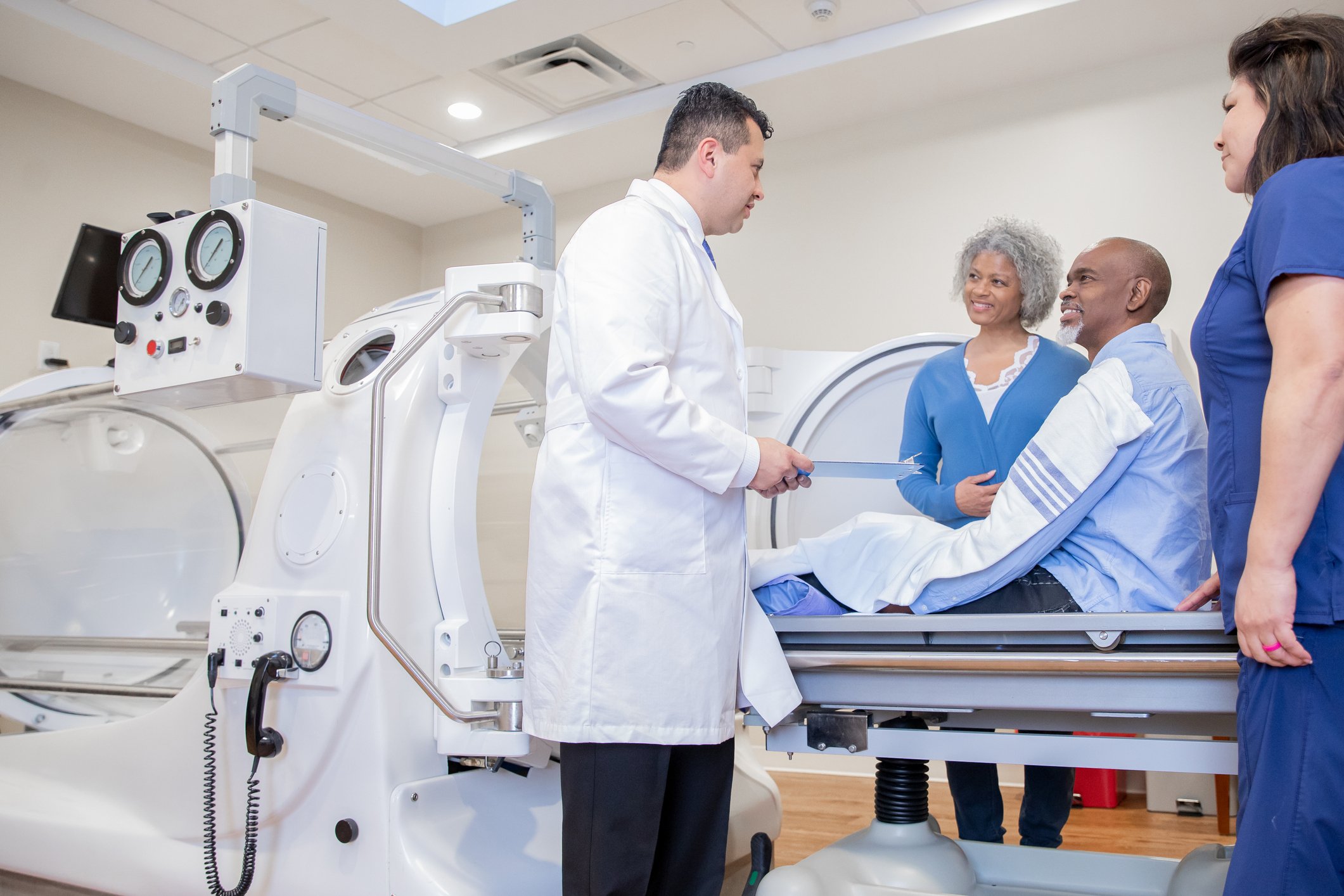Diabetes & Diabetic Foot Ulcers
Take Steps to Prevent Diabetic Foot Ulcers.
If you are one of the 34.2 million Americans who are living with diabetes, you could be at risk for a chronic wound known as a diabetic foot ulcer. High blood sugar makes it hard for wounds to heal by reducing the amount of oxygen-rich blood that reaches wounds, especially on lower legs, feet and toes.

What is a diabetic foot ulcer?
A diabetic foot ulcer is a wound that is usually found on the ball of the foot or toes. It may start from a cut or scrape, or a blister caused by poorly fitting shoes. Additionally, many people living with diabetes suffer from nerve damage in their lower limbs and do not feel pain when an ulcer starts to form.
- Up to 25% of people living with diabetes will experience a foot ulcer
- 85% of diabetes-related amputations started with a foot ulcer
Prevention is key.
Make foot care a part of your daily routine to check for wounds and help prevent them.
- Inspect your feet daily
- Keep toenails clean but see a podiatrist to trim them
- Look for corns or calluses but do not cut them
- always supportive socks and shoes
- See a medical professional at least four times a year
Get on the path to faster healing.
The best way to help your ability to heal is by improving your circulation.
- Maintain healthy glucose levels
- Quit smoking
- Eat a healthy diet
- Exercise every day
When to See a Wound Care Specialist.
If you suffer from diabetes and develop a wound, see treatment right away. Chronic wounds heal faster when treated by experts at a Wound Care Center using specialized treatments including:
- Debridement: The process of removing dead tissue from wounds. It is necessary for healing because dead tissue hinders the growth of new cells and makes it easier for infection to occur
- Multi-layered compression wraps: Reduce and control swelling, or edema. Swelling negatively impacts healing by reducing blood flow to your lower legs, ankles, and feet.
- Pressure relief or "off-loading": Requires that no weight or pressure is put on the wounded leg or foot, interventions to prevent weight-bearing include boots, crutches or wheelchairs.
- Tissue-growing therapies: Help new skin cells develop by deliving living tissue directly to the wound. This actives the body's inherent ability to repair and regenerate through new cell growth
- Negative pressure wound therapy: Involves placing a vacuum over a dressed wound, which draws fluid from the body through the wound and stimulates blood flow to the wound
- Hyperbaric Oxygen Therapy (HBOT): Stimulates growth of new blood vessels and tissue with a pressurized, oxygen-rich environment that allows blood plasma to carry up to 20 times the normal amounts of healing oxygen.

Dr. Anthony Viol is a board-certified plastic surgeon and a Medical Director at Chesapeake Regional Medical Center’s Advanced Wound Care & Hyperbaric Center. Dr. Viol received his medical degree from Eastern Virginia Medical School in Norfolk, Va., where he also completed a residency program in general surgery. He completed a fellowship in plastic surgery at Duke University in Durham, N.C. and has vast experience caring for slow-to-heal wounds and the surgical treatment of skin concerns.